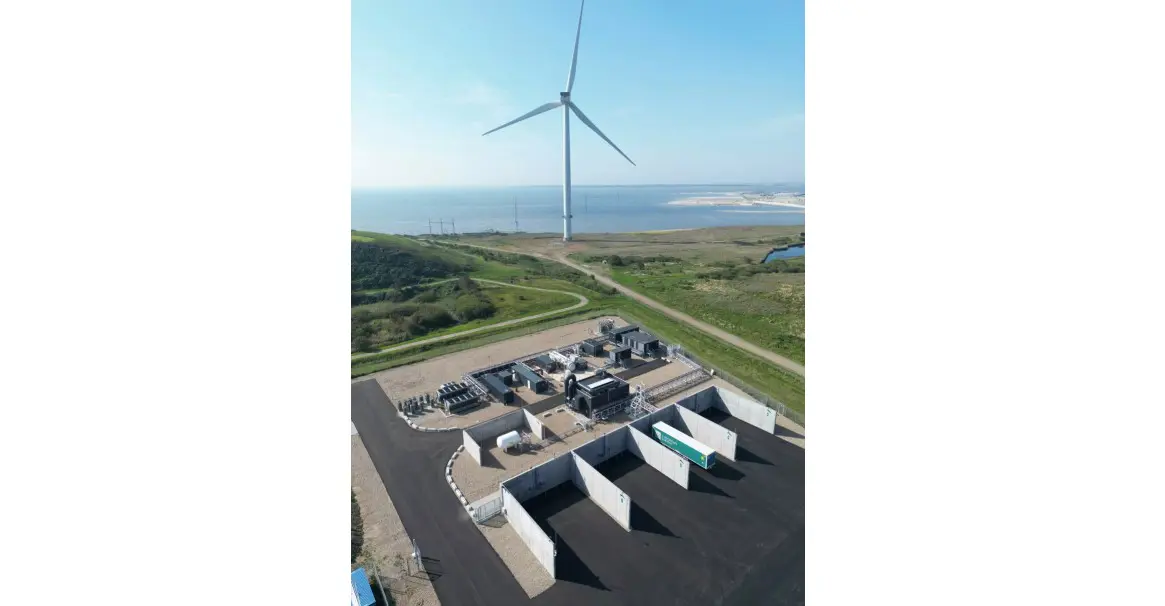
North America RNG Marks Milestone With Over 430 Operational Facilities

By Dylan Chase
The North American renewable natural gas (RNG) industry has reached 433 facilities now operating across the United States and Canada.
RNG, captured from organic waste such as agricultural byproducts, landfill gas, and wastewater is an alternative to conventional natural gas mined from deep within the earth. Dairy waste, in particular, has become an increasingly vital feedstock, marking a significant shift in RNG production in recent years.
North American dairy farms and agricultural sites are responsible for a significant portion of recent growth, with these RNG sources now accounting for 24% of total RNG feedstock, up from 17% just a year ago. This rapid growth in dairy RNG has been fueled in part by clean fuel programs like California’s Low Carbon Fuel Standard (LCFS), which incentivizes the production of low-carbon and carbon-negative fuels. Dairy RNG has proven especially effective in reducing methane emissions, a potent greenhouse gas, while providing economic benefits to the agricultural sector in California and a growing number of states with similar Clean Fuel Standard (CFS) programs.
Surpassing Expectations
While technological advancements and increasing demand for low-carbon energy solutions have factored into this milestone, expanding policy support remains front-and-center for the RNG industry as we chase our goals of 500 facilities by 2025, 1000 by 2030, and 5000 by 2040. There are currently 436 facilities in various stages of planning or construction, spurred by an expanding set of RNG-supportive policy programs across the US, creating a robust pipeline of forthcoming projects.
This next generation of facilities will address growing concerns over the threat of methane emissions and carbon dioxide emissions. Recently, researchers with the Global Carbon Project — an international consortium of scientists dedicated to measuring emissions that contribute to global warming — found that human-caused methane emissions grew as much as 20% between 2000 and 2020 and now account for at least a third of total annual releases.
Hope For Continued Growth
The RNG industry has consistently outpaced expectations, and its future looks even more promising. As the RNG sector continues to evolve, it holds deep potential for decarbonizing multiple, high-polluting sectors while offering simultaneous economic benefits. With the right mix of policy, innovation, and investment, RNG will play a central role in achieving a sustainable, low-carbon future for current and future generations of North Americans.
About The Author
Dylan Chase serves as RNG Coalition’s manager of public relations. He holds degrees in Communication and Creative Writing from the University of California, Santa Barbara. Chase can be contacted at dylan@rngcoalition.com.









